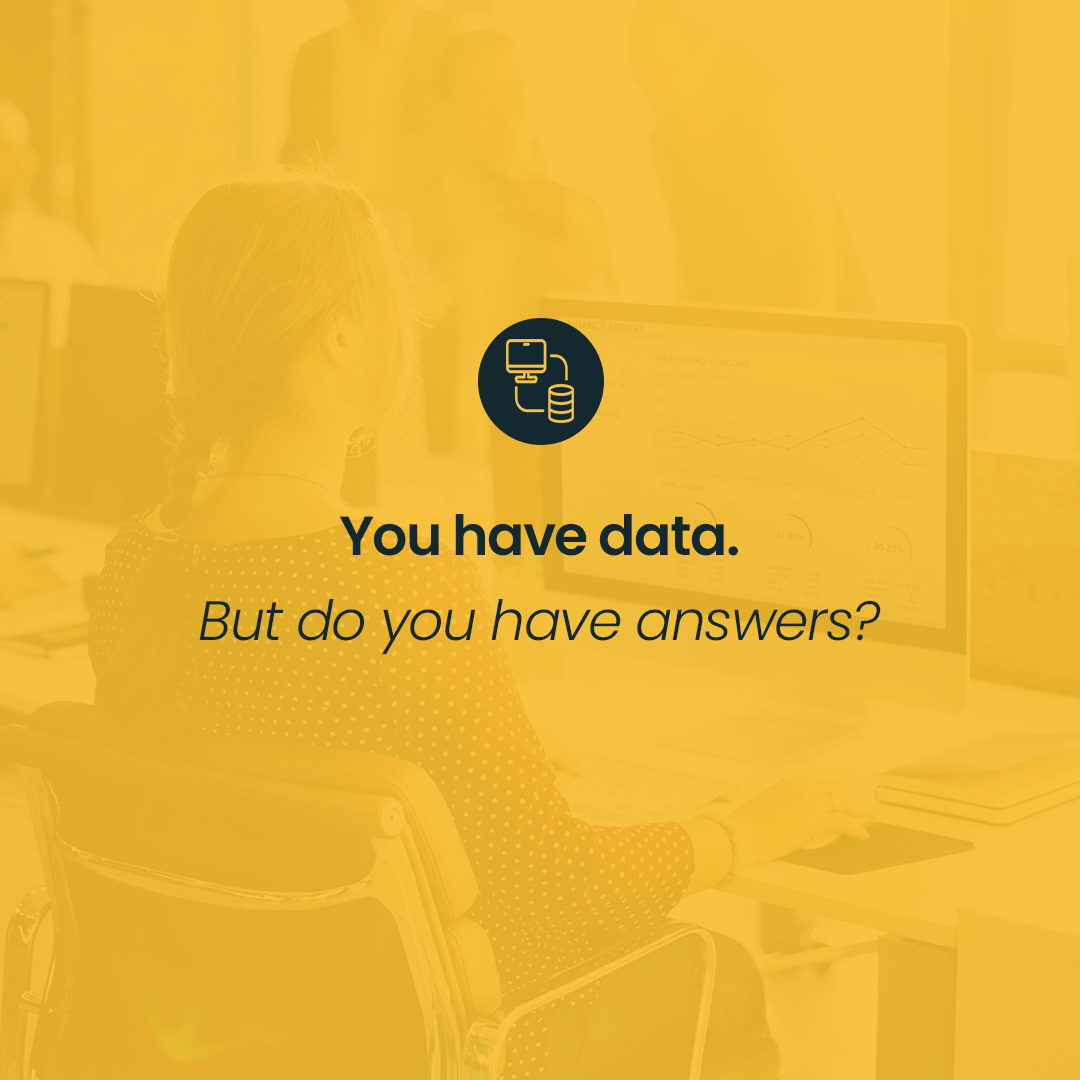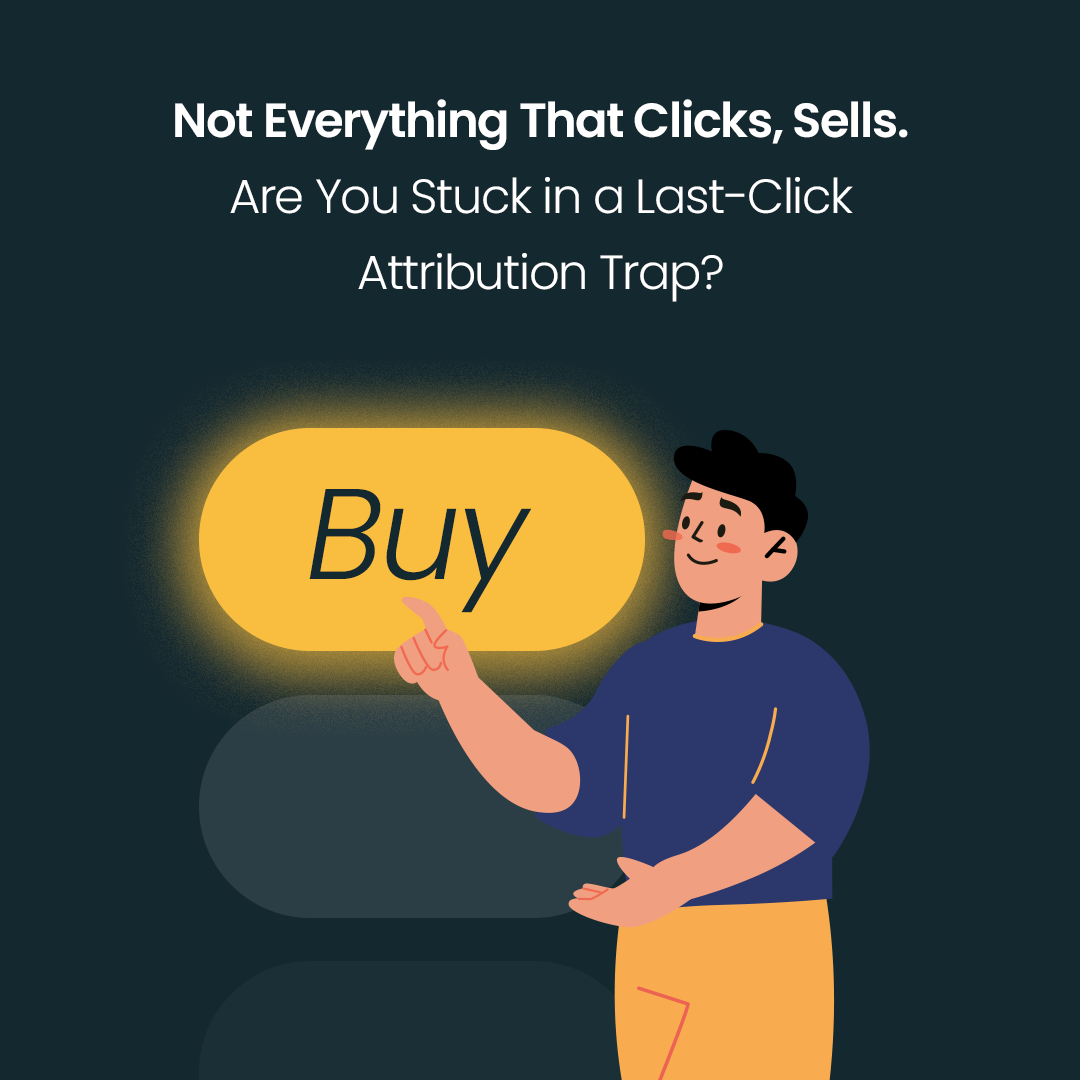Programmatic is currently one of the fastest growing sectors in the advertising industry. What trends do we foresee this year?
1. Change to GA4
The inevitable change to GA4 (read more in our post on the withdrawal of Universal Analytics) will come with both risks and opportunities to gain an advantage in the advertising market. Companies that decide to deal with this at the last minute will risk organisational chaos, which could result in a degradation of the performance and even data loss.
The transition to using GA4 is also particularly important from the perspective of programmatic campaigns and the DV360 tool. Opportunities include better integration between DV360 and Google Analytics. Here, for the first time, such integration can also be done by users of the free version of the GA.
In addition to the possibility of using audience lists from GA4, one of the main advantages of the free integration between GA4 and DV360 is even better support for custom bidding and the usage of conversions from GA4. This allows us for the further improvement of the results of our ongoing media activities. Furthermore, in GA4 itself we will be able to replicate the entire user path in the form of cross-device measurement and use DDA attribution. These functionalities will make it easier for us to draw more accurate conclusions from our programmatic campaigns and beyond.
2. Even greater focus on the usage of 1st data and the popularisation of custom bidding in DV360.
Although it is already common to hear people say that “without third-party cookies, the programmatic model will cease to exist”, it is important to remember that one of the biggest and most effective advantages of programmatic is the ability to use our own first-party data. This perspective, through the gradual introduction of a cookieless world and the looming regulatory restrictions on the use of first-party data, will be one of the key developments in programmatic as well. That’s why 1st party data, among others, in programmatic, but also in other channels, will be a key value for organisations. Indeed, advertisers can already use such data, ex. from floodlight or GA4 data, to improve targeting, reduce reliance on 3rd party data and ensure compliance with data privacy regulations.
In the case of DV360, Google is still working on various solutions to respond to the cookieless world, such as the PAIR solution, which enables matching of the advertiser and publisher data in compliance with the user privacy and new legal regulations. From our perspective, a particularly relevant solution that will help us to use 1st party data even more effectively is, among other things, custom bidding in DV360.
CCustom bidding in itself is not a new solution, but one that Google is constantly developing. The further development of its functionality will allow the strategy to be better tailored to business needs. These include in particular the previously mentioned integration with GA4, but also device scoring, targeting strategies or other key campaign variables.
3. Development of video offerings for connected TV
Another forecast is the further development of video offerings for connected TV. The announced introduction of adverts on platforms such as Netflix or Disney+ gives marketers new opportunities to reach a wide audience, acquiring valuable inventory on the one hand and a valuable source of profiling data on the other. Additionally, connected TV in terms of advertising on YT is increasingly gaining attention.
4. Development of audio & dooh touchpoints
We also expect to see further growth in touchpoints such as audio and outdoor advertising in the coming year. So far, these have been segments that have been identified with direct buy, but there are new opportunities within the DV360 platform that could change this.
Among audio, it is important to highlight access to predefined rich media audio formats, audio surface on open market, and audio placement available for YT. Outdoor is also worth keeping an eye on. Google has already made this ad buying model available as part of its DV360 platform. It is not yet available for the Polish market, but could prove to be a great addition to 360 campaigns coordinated within one platform. In addition, the outdoor can be also bought in the self-service model from AMS platform, which is currently available on the market.
In summary, programmatic is a sector that continues to evolve and bring new opportunities for marketers. Certainly, the most important certain change will be the migration to GA4, but usage of the new touchpoints and the revision of the current algorithms, particularly in terms of 1st party data (and in the context of the rapidly developing AI), can allow you to gain an advantage, particularly in highly competitive categories.






